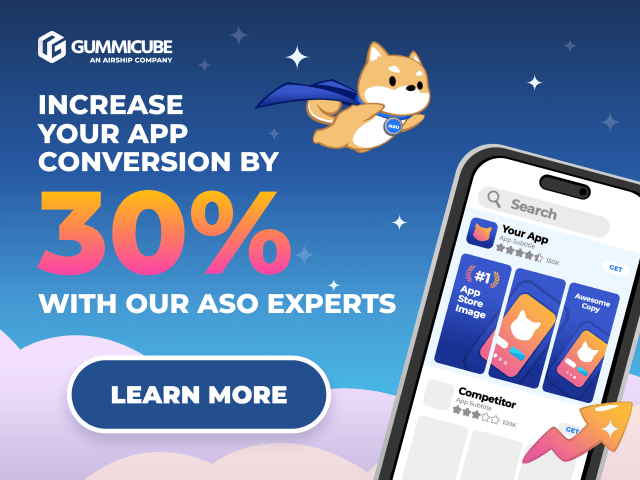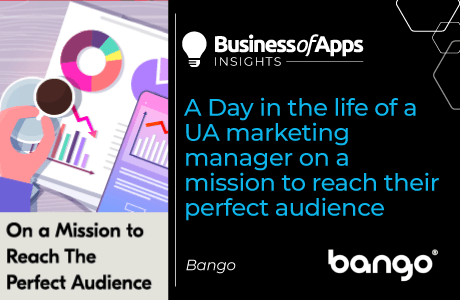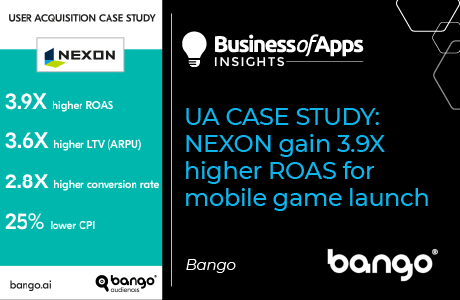It feels like digital advertising has fallen to ruin. Apple has restricted IDFAs, while Google continues its phase-out of third-party cookies. Combine this with government regulations and privacy-conscious consumers and it’s clear that we’re facing the App-ocalypse, where developers are left unable to target new users. Promoting apps to relevant audiences was already a difficult job — now it’s even harder.
That fact isn’t lost on developers, with research from Econsultancy suggesting 56% of marketing professionals view the cookie crackdown as a significant concern. That’s why we’re seeing several new ad technologies emerging to prop up campaigns and engage users.
Missing the target
Emerging methods include email-based universal IDs and contextual targeting, though this does not overcome privacy concerns, and doesn’t necessarily get you the right data.
Email-based identifiers are supposedly more secure than cookies as users must provide their address to give consent. However, Universal ID technology passes this information through algorithms that convert them into unique identifiers. These get shared across a network of publishers whenever you login to apps and websites — hardly the privacy uplift that users expect.
Universal IDs aren’t very specific either, as one individual might use several addresses which will scramble the identity signal. One address could also be used by several people, which presents an issue for streaming services like Netflix or Disney+ where different members of a household could use the same login.
Another option is contextual targeting, where organizations collect information on their visitors to offer first-party data sets for campaigns. This method is reasonably private in theory, as it requires users to register online and share their details, as in the case of news or streaming apps.
However, data around news and entertainment is usually a poor indicator of intent to buy, as it only helps when you’re trying to promote services specific to those industries. Which means you’re not covering the broad range of applications that users interact with.
Hitting the target
If these options are at best partial solutions, developers still need ways to survive the App-ocalypse. Here’s where Purchase Behavior Targeting takes the spotlight, as the only digital advertising method where marketers can direct their campaigns toward the users most likely to buy. The increased purchase probability is based on analyzing rich purchase data. But where can they get the payment insights needed for this more sophisticated form of targeting?
That’s where custom audience providers like Bango come in. By analyzing purchase behavior, Bango provides app marketers with custom audiences, shared to their social ad accounts, to target their campaigns straight to audiences of user proven to pay in other apps. Built on purchase data from billions of dollars in consumer app spending, app marketers easily access hundreds of thousands of users who’ve already made similar purchases.
Marketing to audiences by applying purchase behavior data, advertisers are able to capture higher ROAS, while users also benefit from ads that promote the apps most relevant to their interests.
Focusing on user transactions is in many ways less intrusive, as you’ll only need purchase data to target ads, there’s no need to dig into anyone’s private information, or make assumptions based on their lifestyle, personal attributes or social circumstances. You don’t need to know any of that stuff. Ultimately, you just need to make your campaigns relevant to consumers simply based on how they choose to spend their money.
Read how the intrepid app developer in our comic book set out to find a solution to the App-ocalypse! Download our new comic and experience a user acquisition horror story you’ll never forget…












